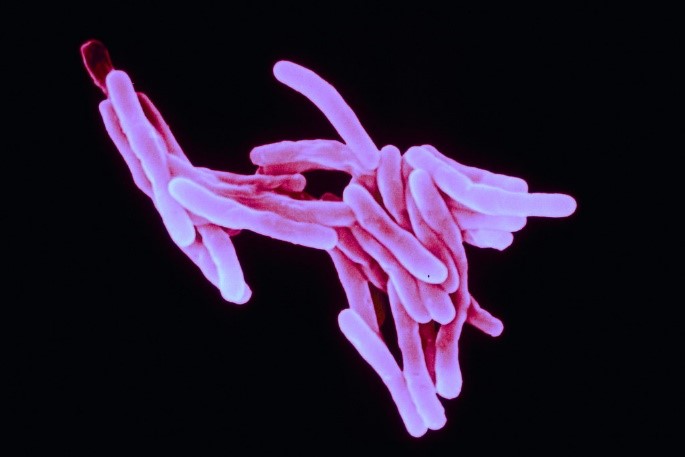How RNase HI Inhibition Could be the Key to Combatting Multi-Drug Resistant Tuberculosis
The development of antibiotics and therapeutics have been instrumental in the economic development that the world experiences today. Lifesaving therapeutics are threatened by the increasing prevalence of multi-drug resistant strains of bacteria, one of which includes Mycobacterium tuberculosis (MDR-TB).

The first-line antibiotic treatments for tuberculosis are rifampicin and isoniazid. MDR-TB has shown resistance to these first-line therapeutics. Extensive drug resistant tuberculosis (XDR-TB) has demonstrated resistance to second-line therapeutics like fluoroquinolones and linezolid. According to the World Health Organization, multi-drug resistant tuberculosis or rifampicin-resistant tuberculosis reached a global prevalence of 206,030 cases in 2019. This is a 10% increase in prevalence from the previous 2018 year.
Inhibiting RNase HI Functionality Hinders the Transcription and Translation Mechanisms
With the effectiveness of first-line and second-line therapeutics in jeopardy, a study conducted by researchers at Cold Spring Harbor Laboratory suggest that the inhibition of the RNase HI enzyme could drive the extinction of these first and second-line resistant strains of TB. The study published in bioRxiv makes use of our Anti-DNA-RNA Hybrid [S9.6] Antibody, which helps detect R-loops as well as varying sizes of DNA-RNA hybrids. The antibody, as well as recombinant versions from our sister company Absolute Antibody, can be purchased on our website.
RNase HI is an enzyme necessary for maintaining genome stability in a bacterium. During translation RNase HI can resolve DNA supercoiling or uncoupling, and during transcription, DNA/RNA hybrids may form. This can cause R-loops to arise, which threatens bacteria’s genome stability. RNase HI can hydrolyze the RNA region to resolve the R-loops.
The structure of RNase HI is composed of RnhC and RnhA. One form of inhibition can arise when RnhC or RnhA is depleted, causing significant accumulation of R-loops and potentiate the activity of anti-tubular drugs. As a result, this saves first-line therapeutics like rifampicin and second-line medications from complete inefficiency.
The Future of Multi-Drug Resistant Mycobacterium Tuberculosis
The findings from this study provide a promising solution to MDR-TB. Targeting fundamental biochemical pathways like transcription and translation can become a reliable crutch in the makeup of MDR bacteria. There is still more research to be conducted in the inhibition of transcription or translation enzymes in other species of multi-drug resistant bacteria. This study provides promising results for this area of research. First-line and second-line therapeutics have successfully reduced cases of tuberculosis in the past. Their potentiation with RNase HI inhibition further amplifies the importance of the study’s findings.
Related Research
Looking for more related reagents? Check out our collection of transcription and translation reagents below:
- Anti-dsRNA [rJ2] antibody from University of Massachusetts Medical School
- FITC-Trehalose from University of Oxford
- Anti-MTB PepA [MABG2] Antibody from GeNext Genomics Pvt Ltd
- Anti-MTB PepQ [MAB3F11] Antibody from GeNext Genomics Pvt Ltd
- MTB PepA Protein, RMTB001 from GeNext Genomics Pvt Ltd
- Anti-Yersinia pestis [6B5] Antibody from University of Georgia


